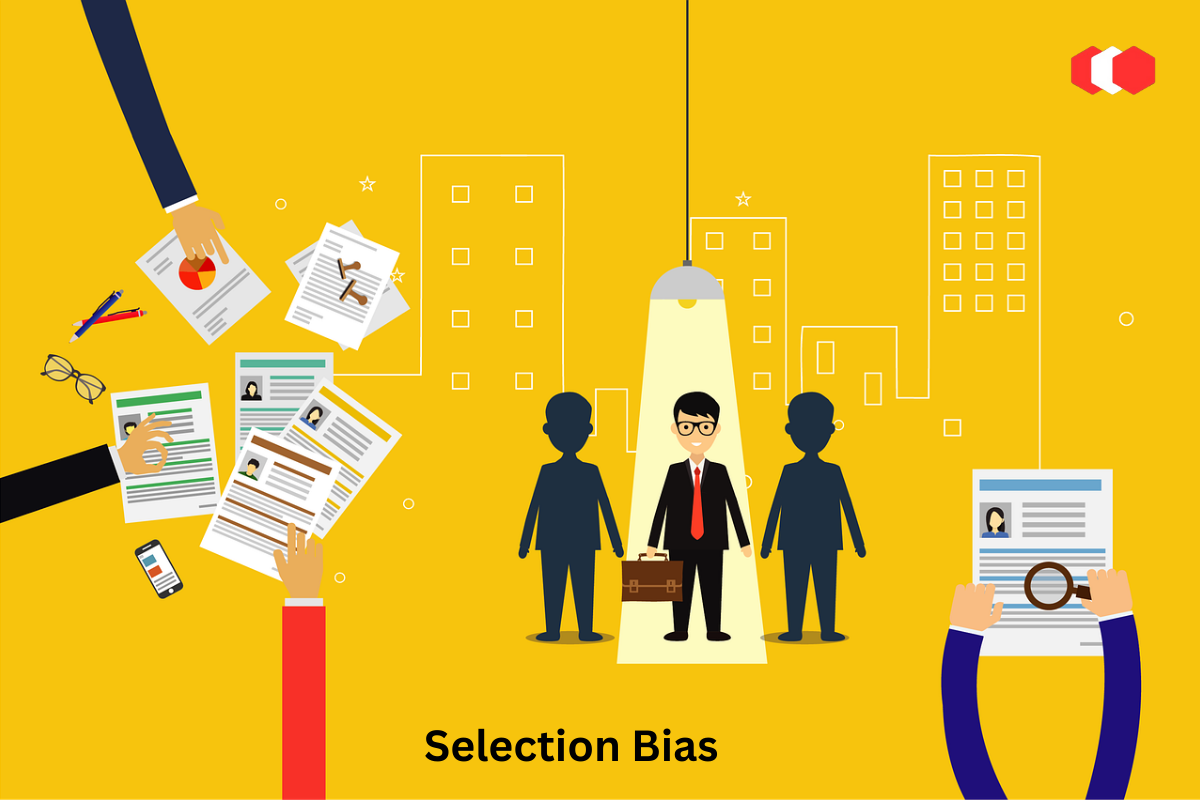For researchers, being accurate and impartial is extremely important. Good data collection leads to better conclusions in social sciences, medicine, economics, or market research. Selection bias is one of the most familiar possible risks. Inaccurate study results and poorly informed conclusions might result from improper handling of selection bias.
What is Selection Bias?
When participants or data are picked for a study unrepresentatively, it leads to selection bias. As a result, not choosing some groups or traits intentionally can make the study’s results inaccurate.
For example, if the research subjects are only people who workout at the gym, the perceived healthy eating habits might not reflect the eating habits of others who enjoy different meals. As a result, policy makers and interventionists sometimes make wrong conclusions and build ineffective programs.
The Need to Deal with Selection Bias
When selection bias is present, the findings often cannot be used to represent a larger group or population. If a sample is not representative of everyone, the conclusions drawn may fit only a biased group. This means that the findings produced may not be suitable for real applications, which reduces the significance of researchers’ work.
It is also worth noting that in healthcare and public policy, biased data can bring dangerous outcomes. Treatments that are not helpful might be prescribed, money could be spent in the wrong areas, and the needs of the most at-risk could be excluded.
Types of Selection Bias
The term selection bias refers to a wide range of issues and can be broken down into several forms.
- Sampling Bias
It happens when some people in the intended sample are less probable to be picked than others. As another instance, older adults who do not use the internet much may miss out on an online survey, causing the results to show more input from younger people.
- Loss To Follow-Up
When participants in a study leave over time, this problem arises. If the group that decides to leave differs quite a bit from those who remain (in health, wealth, or other factors), the sample left may be no longer representative.
- Exclusion Bias
This will occur if some groups are left out of the sample self-consciously or unintentionally. Omitting non-English speakers when conducting research in a country with more than one language can make the results narrower.
- Survivorship Bias
When this happens, researchers focus on the survivors rather than on those who failed or did not complete the study. In other words, focusing your analysis of business strategies on successful startups means you miss out on lessons from failures.
Causes of Selection Bias
Selection bias can happen for a few reasons as you do your research.
Design Flaws: Poorly designed studies might make some groups have an unfair advantage over others, without meaning to do so.
Recruitment Methods: Relying on convenience sampling or advertising in certain spots can bring in people who aren’t typical of everyone in the group.
Data Collection Tools: Tools like online surveys or smartphone apps can leave out people who don’t have the internet or know how to use digital tools.
Human Judgment: When researchers or people collecting data have a choice in who to include, their own personal biases might end up shaping those choices.
Strategies to Prevent or Minimize Selection Bias
Strategies to prevent or reduce selection bias include making sure the study group is chosen randomly and that similar groups of participants have the same chance of being picked.
- Random Sampling
Ensuring that everyone in the group has the same chance of being picked is the ideal way to stop selection bias from happening. It makes sure that no particular group is shown either too much or too little in a sample.
- Transparency in Reporting
Researchers should clearly list the people who were involved in the study and explain why others were left out. Transparent documentation makes it easier for others to see any possible biases and better understand the results.
Researchers May Fix the Problem When the Study Is Finished
Data should be collected and organized before applying adjustments for selection bias.
Weighting: Applying weights so that large groups do not have as much impact as small ones.
Regression Adjustment: Factoring in the differences found in the sample group.
Instrumental Variables: They allow you to explore possible relationships when running a real-life experiment is not possible.
Ethical Considerations
A failure to account for selection bias in a study can affect its scientific value and raise ethical issues. By not representing those who are struggling, it helps maintain social inequity. Investigators should take extra care to ensure that their results do not include any bias and truly represent the people studied.
Conclusion
Research in any field can lose its accuracy and creditworthiness due to selection bias. Understanding the factors behind it, noticing the different forms it can take, and coming up with solid approaches to manage or improve the situation are necessary to support the reliability of research results. If you are a student, scientist, data analyst, or policymaker, understanding selection bias can influence any decisions you take based on research. The bottom line is that if data is not correct and balanced, then what we find out won’t be accurate.





